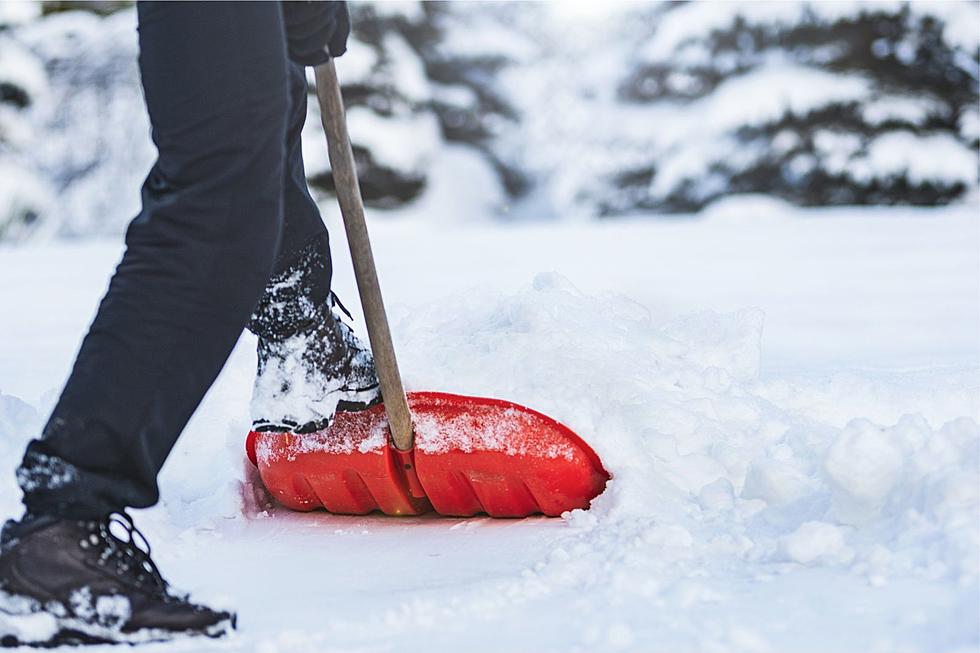
What Is A Winter Weather Advisory
MI is gearing up for snow, but what does all the weather jargon mean?
According to Weather.com...
Parts of the Great Lakes will see their first accumulating snow of the season tonight into Friday as a cold and active weather pattern settles in.
Now, Southwest Michigan is under a Winter Weather Advisory, but I am not completely clear on what the terms, like 'advisory' means, so I went Weather.gov and found the information I was looking for.
- Warnings: Take Action!
- Watches: Be Prepared
- Advisories: Be Aware
Here are some more key terms to understand:
- Freezing Rain: Rain that freezes when it hits the ground; creating a coating of ice on roads, walkways, trees and power lines.
- Sleet: Rain that turns to ice pellets before reaching the ground. Sleet also causes moisture on roads to freeze and become slippery.
- Wind Chill: A measure of how cold people feel due to the combined effect of wind and cold temperatures; the Wind chill Index is based on the rate of heat loss from exposed skin. Both cold temperatures and wind remove heat from the body; as the wind speed increases during cold conditions, a body loses heat more quickly. Eventually, the internal body temperature also falls and hypothermia can develop. Animals also feel the effects of wind chill; but inanimate objects, such as vehicles and buildings, do not. They will only cool to the actual air temperature, although much faster during windy conditions.
After figuring out the "official" terms for a winter weather, I thought of having a little fun and looked up different terms for winter weather. Mental Floss had a list that is a hoot, check it out..
SNIRT: This term actually refers to a mix of windblown snow and dirt. The moniker itself is a blend too, namely of the words—you guessed it—snow and dirt.
CAT’S TRACK: When there’s a light fall of snow, you can call it cat’s track. If there is enough snow to track a cat, there has been a snowfall.
SKIFT: This word refers to a light fall of snow, as well as a “thin layer of snow or frost on the ground, or of ice on water.
SKIMP: It is a thin layer of ice or snow. Skimp can also be a verb meaning to freeze in a thin coating.
GOOSE DOWN: A light snow.
GOOSEFEATHERS: Large, soft flakes of snow.
THE OLD WOMAN IS PICKING HER GEESE: This is a colorful idiom for “It’s snowing”.
SCUTCH: Another term for a light dusting or flurry of snow. Scutch might come from scuds, a word of Scottish origin meaning ale or beer.
SNOW SQUALL: This is a sudden snowstorm of short duration. (Its earliest recorded usage in American English is from 1775).
FLOUR-SIFTER SNOW: Small-flaked snow.
CORN SNOW: You know it and you hate it: that granular, kernel-like snow that’s the result of repeated thawing and freezing.
GRAMPEL: This term is for a snow pellet that’s “somewhat like hail” is probably a variant on graupel, “soft hail” (Graupel is German in origin and comes from graupel wetter, which translates literally as “sleet weather”).
SPOSH: Back in the day, New Englanders called slush sposh, which also referred to mud. The word is probably imitative in origin and might be influenced by words like slush, slosh, and splash.
POST-HOLING: Ever walk in snow so deep you sink with every step? That’s post-holing or post-holing it
I look forward to over hearing someone use these terms in everyday conversation. Oh, and stay warm this winter!
BONUS VIDEO: 50 Car Pileup I-69 Footage
More From WKFR









